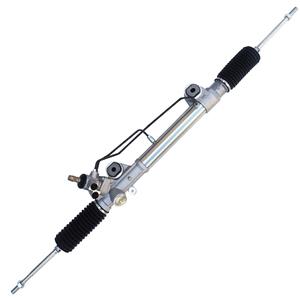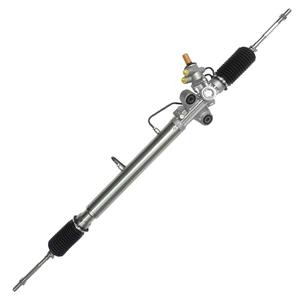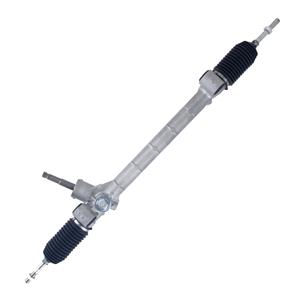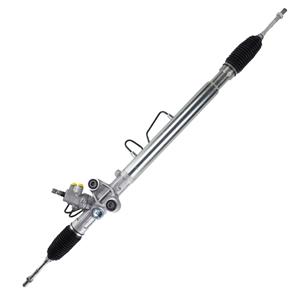-
Advantages of hydraulic power steering system: Provides stable and powerful steering assistance Sensitive feedback and precise control Strong adaptability, suitable for a variety of vehicles High stability and reliability Relatively low cost Disadvantages of hydraulic power steering system: Low fuel efficiency Large volume and increased weight Complex maintenance and many vulnerable parts Inferior control feel to mechanical steering High noise
-
Signs that you need power steering fluid include: 1. Steering wheel becomes heavy 2. Steering wheel makes strange noises 3. Steering wheel is slow to return to center 4. Check fluid level indicator 5. Steering wheel vibrations 6. Hydraulic fluid deterioration 7. Fluid leakage 8. Decreased steering performance
-
The operation between the rack and the pinion depends on adequate lubrication. When the power steering fluid is exhausted, this lubrication function fails, resulting in excessive friction between metal parts and abnormal wear. The gear portion of the rack will be damaged due to direct contact, and eventually the steering rack will fail.
-
When the fluid is insufficient, the system cannot generate enough pressure, causing the steering wheel to become heavy or lose power. Insufficient hydraulic pressure usually causes the driver to use more force when steering, which is particularly noticeable when driving at low speeds or parking.
-
1001-2025
How to Calibrate a Power Steering Rack?
Steps for calibrating the power steering rack 1. Lift the front of the vehicle 2. Loosen the steering rack connection components 3. Adjust the steering wheel position 4. Measure and adjust the rack position 5. Tighten the rack connection components 6. Check and calibrate the steering wheel position 7. Test the steering system
-
The most immediate sign of a failed power steering pump is that the steering wheel becomes unusually heavy. Because the hydraulic fluid is not providing enough assistance, the driver needs to apply more force when turning the steering wheel.
-
"Do I need to align the steering rack and tie rod after replacing it?" The answer is yes, in other words, after replacing these parts, the geometric relationship between the vehicle's tires, suspension system and steering system must be recalibrated to ensure the safety, stability and driving experience of the vehicle.
-
0301-2025
Why do hydraulic oil contamination and steering pump degradation damage the steering rack?
The steering pump is responsible for providing sufficient pressure to the entire hydraulic system to ensure that the hydraulic oil can effectively push the steering rack. However, when the performance of the steering pump declines, the flow rate and pressure of the hydraulic oil will be affected.
-
When the steering rod is damaged or worn, the wheel may not turn smoothly. At this time, when the driver turns the steering wheel, he will feel a delay or instability in the wheel rotation, resulting in slow steering response, affecting the driving experience and control.
-
The hydraulic power steering system (HPS) is mainly composed of a power steering pump, hydraulic pipelines, steering rack, and steering cylinder. The core idea is to generate hydraulic oil pressure through a hydraulic pump and transmit this pressure to the hydraulic cylinder in the steering rack to provide steering assistance.




